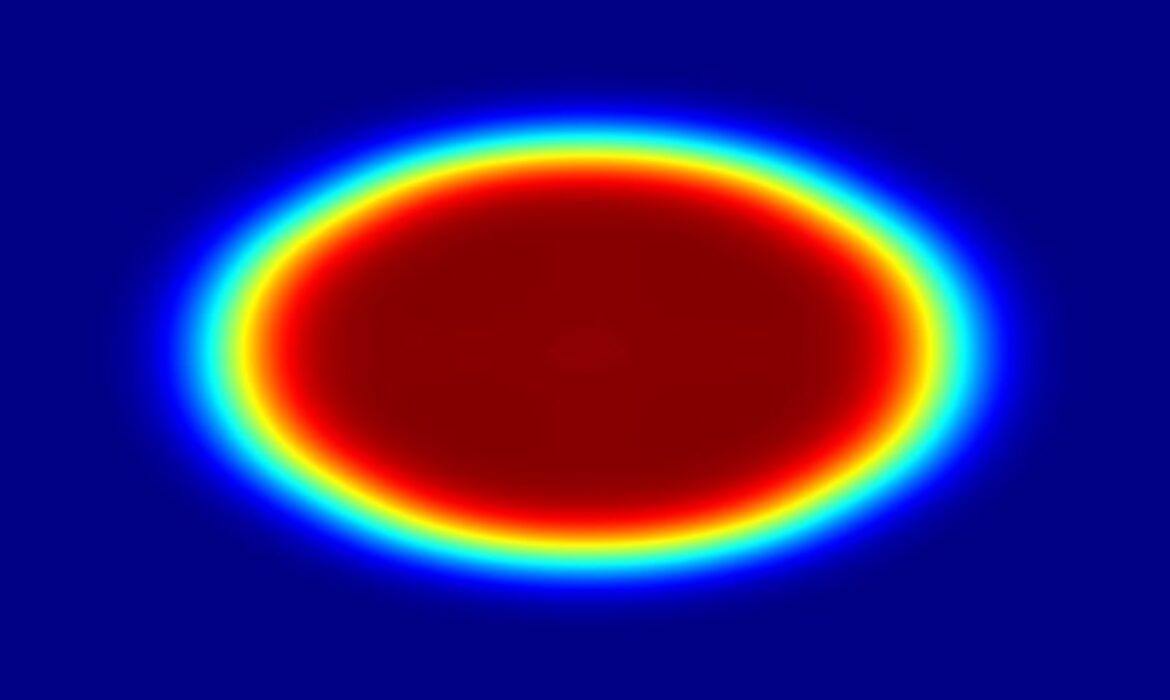
Diffractive Optical Elements, or DOEs, are thin window-like components that make use of the wave nature of light to carry out complex and varied optical transformations on light beams. To understand the physics behind diffractive optical elements we can analyse the ubisquitous diffraction grating, which can be regarded as perhaps the most basic diffractive optical element. If we were to analyse its functioning solely from the ray optics perspective, the output of the grating will simply be a succession of dark and bright areas, in clear correspondence with the grating structure itself. But this behaviour is not what will be seen in an experiment. A beam traversing a diffraction grating experiences a local modulation that at some distance away, as a result of diffraction and free space propagation, will give rise to very well-defined extra beams that are referred to as diffraction orders.
The mathematical relation between a diffractive optical element and the output beam radiance is given by the diffraction integral. In many cases of practical interest this diffraction integral can be reduced to a scaled spatial Fourier Transform. This fact is of the utmost relevance as it leaves the door open for a myriad of different applications as well as providing the powerful analytical tools from Fourier analysis.
Based on the above, a diffractive optical element that performs a specific complex transformation can be designed by backpropagating the complex beam from the output plane towards the input plane, which is the plane where the DOE stands. There are some manufacturing constraints that need to be considered for this task to be accomplished but once they are solved, the relation between the two planes is still given by the aforementioned spatial Fourier transform.
The applications for diffractive optical elements are all the industrial laser applications, as well as laser aesthetics and sensing. The inclusion of a diffractive optical element in a laser system often enhances the overall performance of the system. Among the many applications for diffractive optical elements, we can list the following:
- Flat Top Laser beam shaper.
- Homogenizing beam Shaper.
- Beam Splitting.
- Diffractive lenses.
- Focal shapiners.
The first application in the list above is perhaps the most common. It refers to the transformation from a Gaussian beam, which is inherent to many industrial laser systems, into a Flat Top laser beam which is characterised by hard edges and uniform irradiance in a predefined area. This type of beam reduces losses and improves the accuracy and effectiveness of the process.



